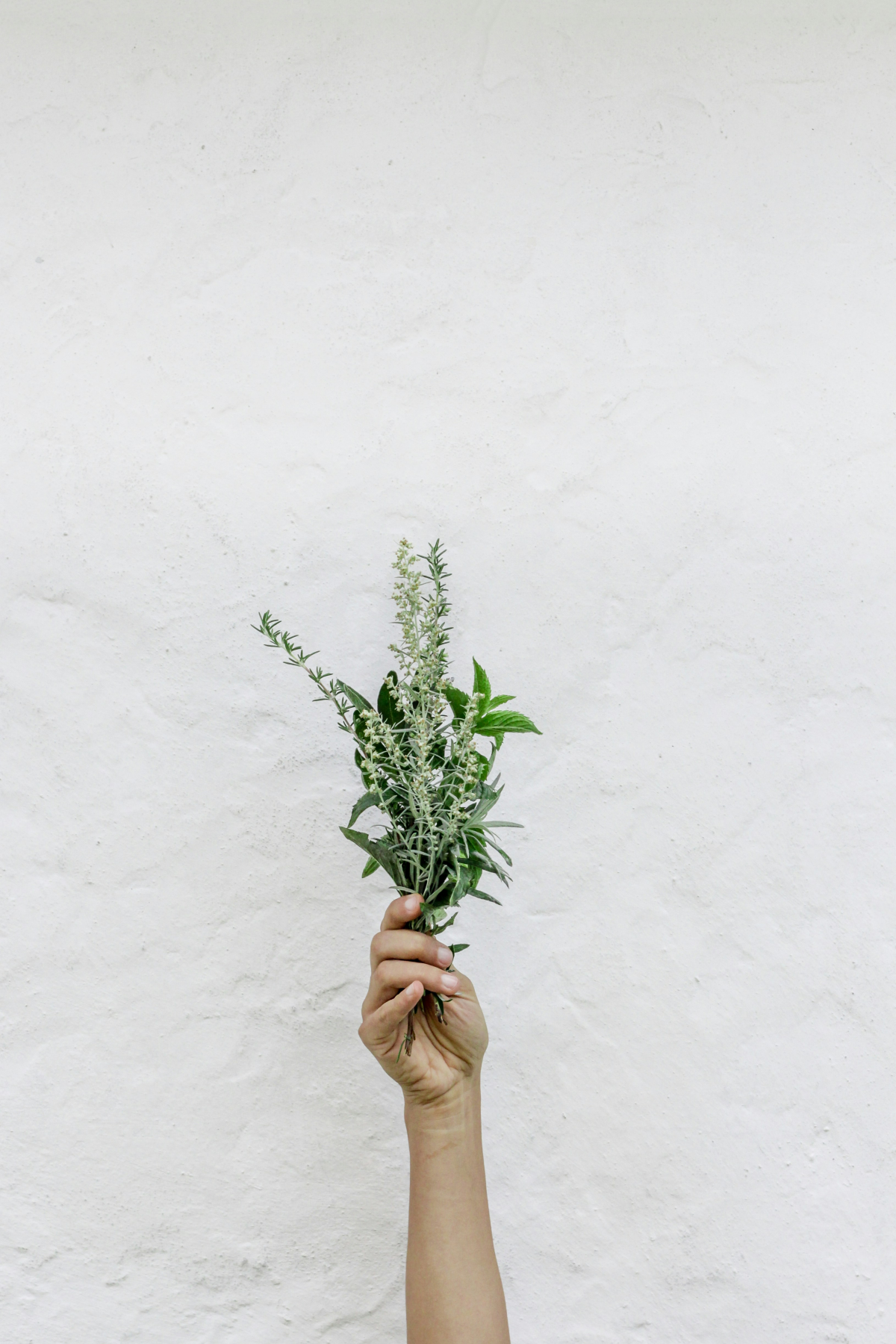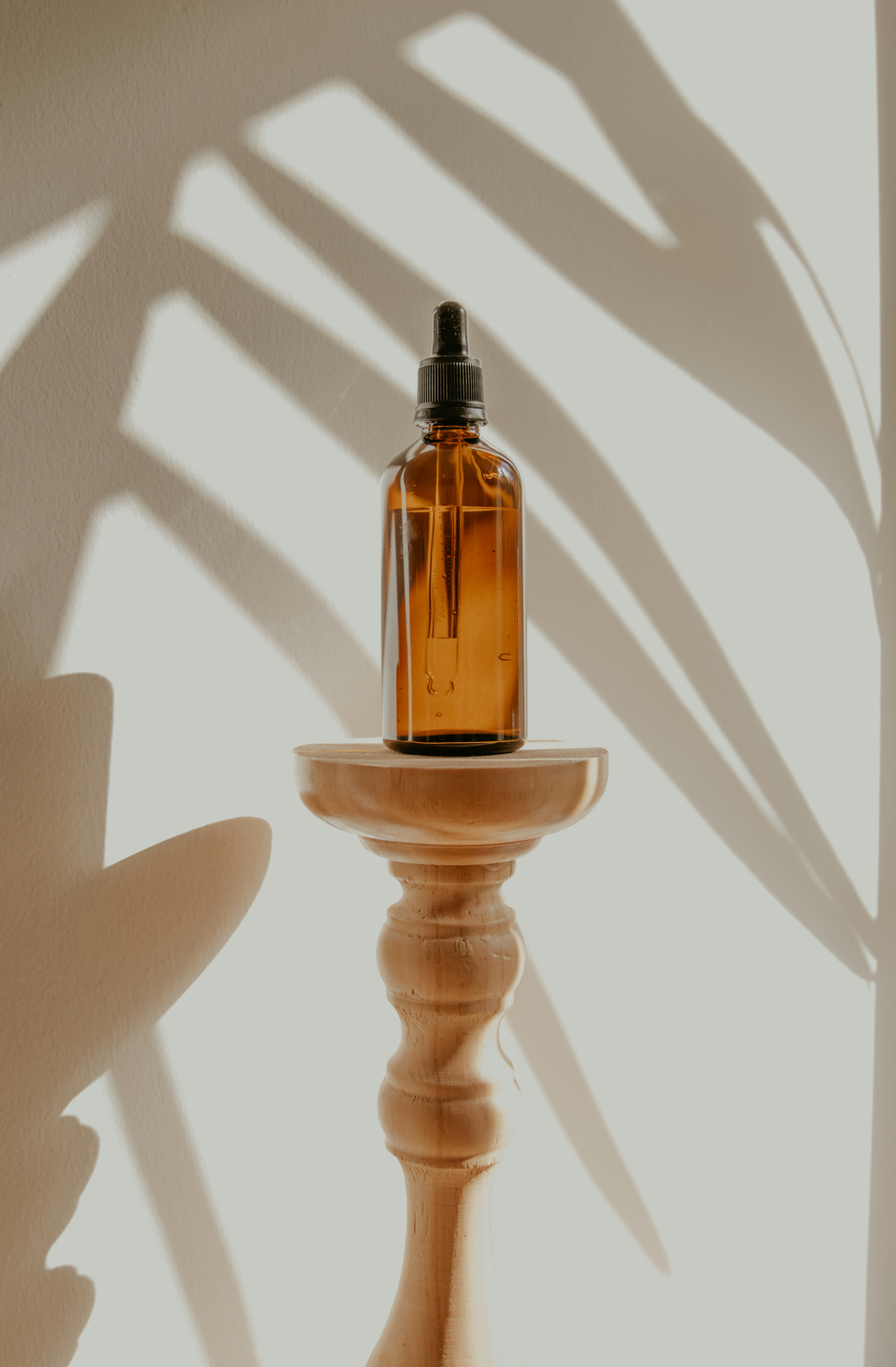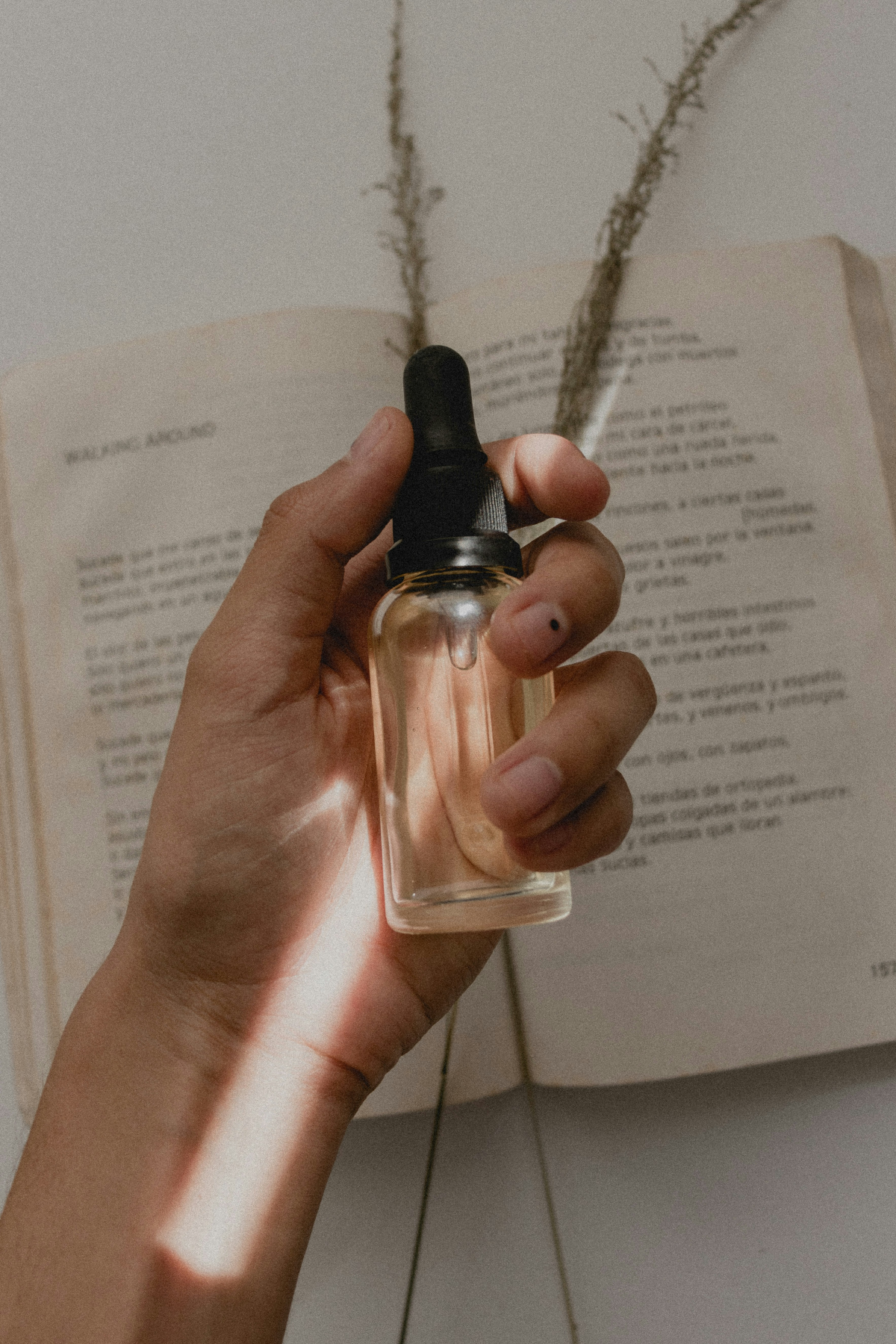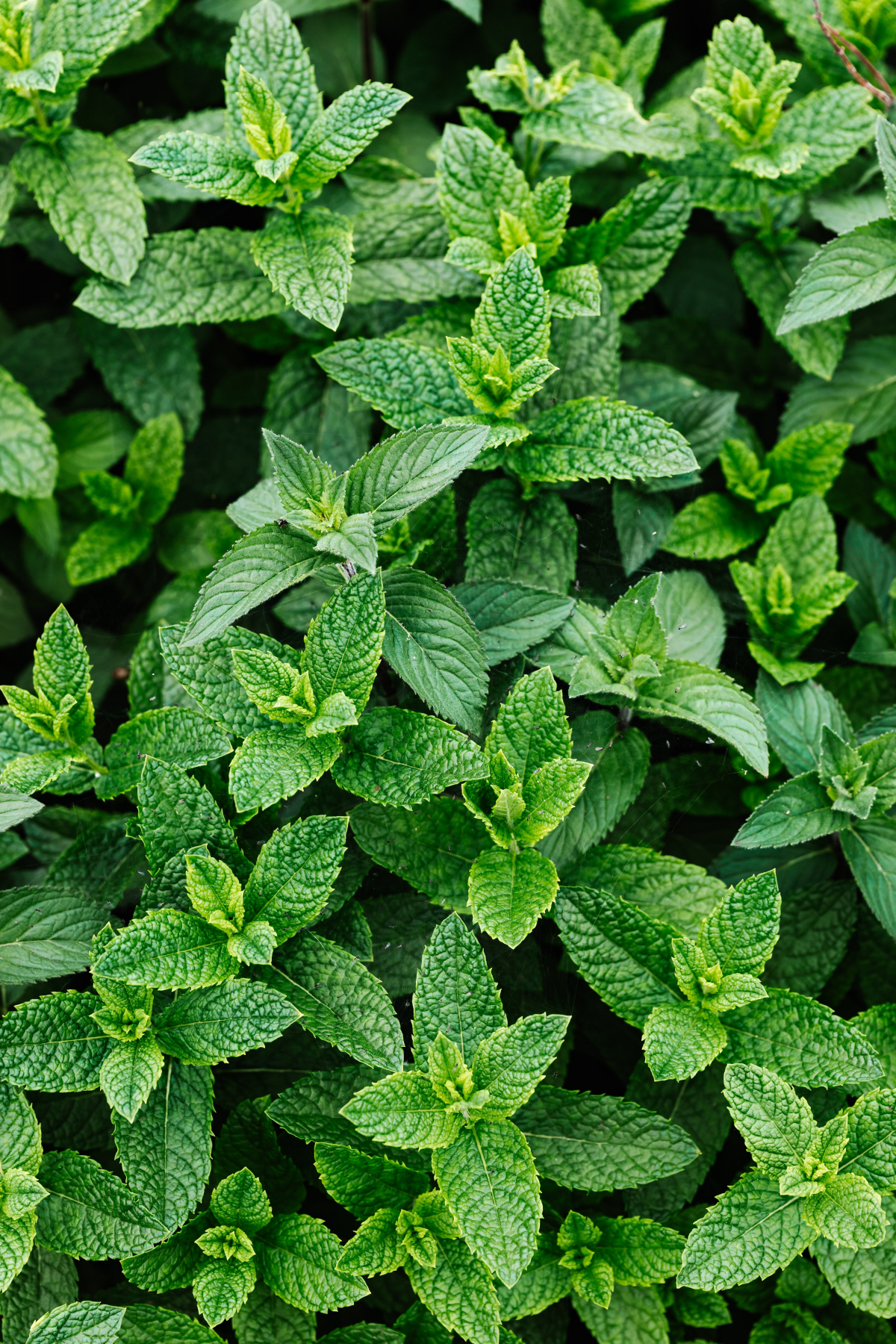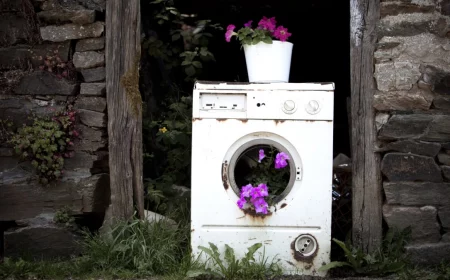How To Make Peppermint Oil: A Simple DIY Tutorial
In the expansive world of essential oils, peppermint oil emerges as a distinguished favorite. Renowned for its refreshing aroma and a wide array of applications, it has become an indispensable item in the wellness and home care arsenal. The prospect of making peppermint oil in the comfort of your own home adds an enticing layer of personalization and organic authenticity to its use. Contrary to what some might believe, the process of crafting peppermint oil is straightforward and far from daunting. By creating it yourself, you not only gain a more intimate understanding of its properties but also ensure a product that’s as natural as it is effective. Your oil will be perfectly tailored to your individual wellness needs. So, check out how to make peppermint oil in a few simple steps.
The process of crafting homemade oil is straightforward and far from daunting
In this article
How To Make Peppermint Oil?
The trend towards embracing natural and homemade products continues to gain momentum. Particularly in the realm of essential oils. Creating your own peppermint oil at home transcends the mere act of production. It’s an enriching experience that connects you more deeply with the ingredients and their origins. There’s a unique satisfaction in using an oil that you’ve extracted and prepared. It’s great knowing that it’s free from additives and tailor-made for your specific preferences. This guide aims to demystify the process of making peppermint oil, presenting a simple, enjoyable method that promises a fresh, potent, and versatile product. Whether for aromatherapy, topical application, or as a natural remedy, your homemade peppermint oil will be a delightful addition to your natural living practices.
There’s a unique satisfaction in using an oil that you’ve extracted and prepared
1. Gather the materials
To start, gather your materials: fresh peppermint leaves, a carrier oil (such as almond or olive oil), a glass jar with a tight-fitting lid, and a fine mesh strainer. The quality of your peppermint leaves will greatly influence the potency of your oil, so opt for organic leaves if possible. As for the carrier oil, choose one that’s mild in scent to not overpower the peppermint. A clear glass jar is ideal for monitoring the infusion process, and the strainer should be fine enough to separate even the smallest leaf particles from your oil.
2. Prepare the peppermint leaves
Begin by thoroughly washing the peppermint leaves under cool running water to remove any dirt or impurities. It’s crucial to gently pat them dry with a clean towel or let them air dry completely. Any moisture left on the leaves can introduce water into your oil, which could lead to mold or bacteria growth. Ensure the leaves are completely dry before proceeding to the next step.
3. Crush the leaves
Using a mortar and pestle, gently crush the peppermint leaves. This action breaks down the cell walls of the leaves, releasing the essential oils. If you don’t have a mortar and pestle, you can use the back of a spoon against a bowl. Be sure to crush the leaves enough to release the oil, but avoid over-pulverizing them into a paste. The goal is to expose as much surface area as possible without completely destroying the leaf structure.
4. Mix with carrier oil
Place the crushed leaves into your glass jar, spreading them evenly. Pour the carrier oil over the leaves until they are completely submerged. The ratio of leaves to oil doesn’t need to be exact, but ensure the leaves are well-covered so they can infuse effectively. Gently stir the mixture to ensure all leaves are coated with oil.
5. Storing the mixture
Seal the jar tightly and place it in a warm, sunny spot, like a windowsill. This warmth and light will help the infusion process, allowing the peppermint essence to fully merge with the carrier oil. Let the jar sit for 24-48 hours, but not more than 72 hours, as prolonged exposure to sunlight and air can start to degrade the oil. Gently shake the jar a couple of times during the infusion process to mix the oils.
6. Straining the oil
After the infusion period, use the fine mesh strainer to separate the peppermint leaves from the oil. For a clearer oil, you can strain it a second time through a cheesecloth or coffee filter. Transfer the strained oil into a clean, dark glass bottle for storage. Dark glass is preferable as it protects the oil from light, which can degrade the quality over time. Label your bottle with the date, and store it in a cool, dark place, like a cabinet or pantry.
Dark glass is preferable as it protects the oil from light
FAQs
What Is 100% Peppermint Oil Used For?
Pure peppermint oil, known for its refreshing and minty aroma, is celebrated for its vast array of versatile uses. In the realm of aromatherapy, it is highly valued for its ability to invigorate the mind and soothe the senses, making it a popular choice in diffusers and inhalers. Its natural analgesic properties are beneficial in relieving muscle pain and tension when applied topically in diluted form. Peppermint oil is also recognized for its efficacy in improving digestion, often used in small quantities as a dietary supplement or in herbal teas. Additionally, it serves as an excellent natural insect repellent, deterring mosquitoes and other pests with its strong scent. Its wide range of applications makes it a must-have in any natural remedy toolkit, appreciated for both its therapeutic and practical benefits.
Its natural analgesic properties are beneficial in relieving muscle pain and tension
What Are The Benefits of Peppermint Oil?
Peppermint oil is renowned for its multitude of health benefits. Its most notable advantage is its ability to provide quick relief from headaches and migraines when applied topically or inhaled. The oil’s cooling sensation coupled with its anti-inflammatory properties makes it effective in alleviating discomfort. Additionally, peppermint oil is known to enhance mental focus and clarity, making it a popular choice in workspaces and study areas. When it comes to skincare, it offers antiseptic and antibacterial qualities, which can help in clearing up acne and soothing irritated skin. The oil’s versatility extends to aiding in respiratory health, providing relief in cases of nasal congestion and acting as an expectorant. Overall, peppermint oil is an all-encompassing natural remedy that caters to a wide spectrum of health and wellness needs.
The oil’s cooling sensation is effective in alleviating discomfort
How To Use Peppermint Oil?
Peppermint oil’s applications are diverse and adaptable to various needs. For aromatherapy benefits, using a few drops in a diffuser can help in enhancing concentration and alleviating stress. It’s equally effective when inhaled directly, providing instant relief from nasal congestion. When added to bathwater, it creates a soothing and refreshing experience, ideal for relaxation and muscle relief. In topical applications, peppermint oil can be mixed with lotions or carrier oils for massage, helping in relieving muscle tension and pain. However, it’s crucial to dilute it properly, as its high concentration can be irritating to the skin if used undiluted. Additionally, it can be used in homemade cleaning products for its antiseptic properties and fresh scent. Regardless of the method of application, peppermint oil is a versatile essential oil that enhances both physical and mental well-being.
It’s crucial to dilute it properly
What Is The Best Carrier Oil for Peppermint?
When diluting peppermint oil for topical application, choosing the right carrier oil is essential to maximize its benefits while ensuring skin safety. Light and neutral oils like almond, jojoba, or grapeseed oil are excellent choices as they complement the peppermint oil without overpowering its scent. Almond oil is particularly beneficial for dry skin, offering moisturizing properties. Jojoba oil, closely resembling human sebum, is ideal for all skin types and especially beneficial for those with sensitive skin. Grapeseed oil, known for its light texture, is a good choice for oily or acne-prone skin. These carrier oils not only dilute the intensity of the peppermint oil but also enhance its absorption into the skin, ensuring effective and safe application. When blended correctly, peppermint oil with these carriers can offer a soothing, rejuvenating experience, be it in massages, skin treatments, or as part of your daily wellness routine.
Choosing the right carrier oil is essential to maximize its benefits while ensuring skin safety
Now you know how to make peppermint oil in a few simple steps. Creating your own peppermint oil is not just an enjoyable DIY project. It’s a step towards embracing a more natural lifestyle. This simple tutorial paves the way for you to have a fresh supply of peppermint oil. It’s perfect for various uses around your home. So why not give it a try? The process is straightforward, the rewards plentiful, and the satisfaction of using something homemade is incomparable.
Now you know how to make peppermint oil in a few simple steps

